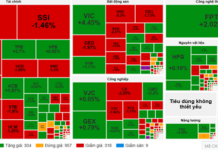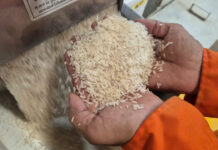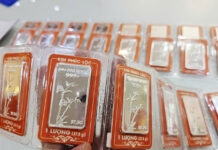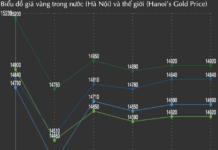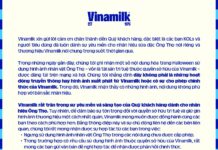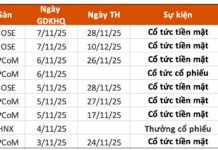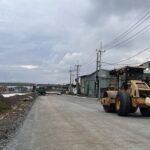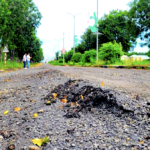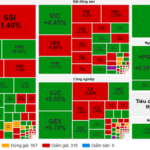Durian has become the most popular crop in Malaysia, with approximately 70,000 hectares accounting for 41% of the country’s cultivated land. In 2023, Malaysia produced over 455,000 tons of durian, according to the *South China Morning Post.
PRESSURE FROM 200,000 TONS OF DURIAN WASTE PER YEAR
Together with Thailand and Vietnam, Malaysia is among the top durian exporters worldwide. These Southeast Asian countries collectively account for 99% of global export volume.
Today, durian, particularly the Musang King/Cat Mountain King/D197 variety, has become a brand product and a new source of income for Malaysia’s economy, according to a study by University Putra Malaysia.
In reality, durian only contains about 15-30% edible portion, while the remaining waste biomass comprises the peel, seed, trunk, and branches.
Due to increasing global consumption, especially from China, experts predict that Malaysia’s durian yield will likely surge in the coming years, which will subsequently lead to higher durian biomass waste.
From 2014 to 2016, Malaysia’s durian biomass waste ranged between 234,550 and 285,410 tons, contributing about 19% of Southeast Asia’s total durian waste, according to a study by the Energy and Chemical Engineering Department at Xiamen University Malaysia Campus.
Malaysia’s municipal solid waste (MSW) primarily consists of food and plastic waste, with fruits and vegetables accounting for 60% of this waste, as reported by the Food and Agriculture Organization (FAO) of the United Nations.

With a significant contribution of 200,000 tons of annual biomass waste, including durian peel and pulp, an effective durian waste management strategy is urgently needed to address the considerable environmental impact.
THE MULTIFACETED APPLICATIONS OF DURIAN BIOMASS WASTE
There are various treatment methods, and pyrolysis is a popular technique employed by Malaysia to convert durian biomass waste into biochar, bio-oil, and syngas. This process is conducted at temperatures ranging from 250 to 900 °C in oxygen-deprived conditions.
Another method is hydrothermal carbonization. It involves treating durian biomass in a water-based environment at elevated temperatures and pressures, typically 180–300 °C and 2–10 MPa. This approach does not require prior drying of the biomass, making it more energy-efficient compared to pyrolysis.
The resulting biochar from the pyrolysis of durian waste serves as a soil amendment due to its high potassium and phosphorus content. This application enhances soil fertility and promotes crop growth, benefiting Malaysia’s agricultural sector.
With a higher heating value than conventional wood charcoal, durian biochar is a viable option for sustainable energy solutions. Using this type of charcoal for energy production helps reduce reliance on traditional fuel sources.
Additionally, the high surface area and porosity of durian biochar make it effective in removing pollutants from wastewater, thereby addressing environmental concerns by enhancing waste treatment processes.
In bioenergy production, durian biochar acts as a cost-efficient and effective catalyst for biodiesel synthesis, achieving high yields of up to 97%.
For wastewater treatment, this biochar functions as an ideal bio-sorbent, with a high sorption capacity of 200-400 mg/g, effectively removing organic dyes (from industries such as textiles and printing) under various conditions. Moreover, in biocomposite materials, it reinforces the mechanical properties of biodegradable plastics like PLA and RPET.
In agriculture, durian biochar enriches the soil with essential nutrients like potassium and phosphorus, improves soil structure, promotes crop growth, and regulates soil pH. Its high surface area and electrical conductivity also make it a promising material for supercapacitors, potentially enhancing energy storage and power delivery.
Furthermore, the bio-oil produced through the pyrolysis of durian waste serves as a potential alternative fuel with lower emissions than furnace oil. It can be used in boilers, as a precursor for hydrogen production, and in plastics.
For instance, rapid pyrolysis of durian peel at 650°C yields 57.5% bio-oil, while combining rapid pyrolysis with catalysis can achieve up to 59.48%.
Producing biogas from durian biomass through anaerobic digestion is another sustainable option. Studies have shown that biogas yield is optimized by adjusting the ratios of feedstock to microorganisms and the amount of organic matter fed into the system.
The highest yield is obtained when durian peel is co-digested with pig manure, making the biogas production process more efficient and yielding more methane. This method not only provides a renewable energy source but also contributes to sustainable agricultural waste management.
Additionally, producing nanocellulose from durian peel has the potential to create self-healing smart concrete, while cellulose and hemicellulose can be converted into biofuels like bioethanol. Durian biomass is also being explored for use in 3D printing ink, expanding its range of applications and highlighting its value in sustainable technologies.
Given Malaysia’s hot and humid climate, biodegradable bio-films made from durian biomass can effectively prevent soil moisture loss and mitigate the environmental impact of conventional plastic films.
These bio-materials not only enhance water retention but also provide nutrients to the soil as they decompose, addressing issues related to plastic waste and land degradation. While biopolymers can be expensive, utilizing durian biomass helps reduce production costs, making biodegradable bio-film alternatives more accessible in the Malaysian market.
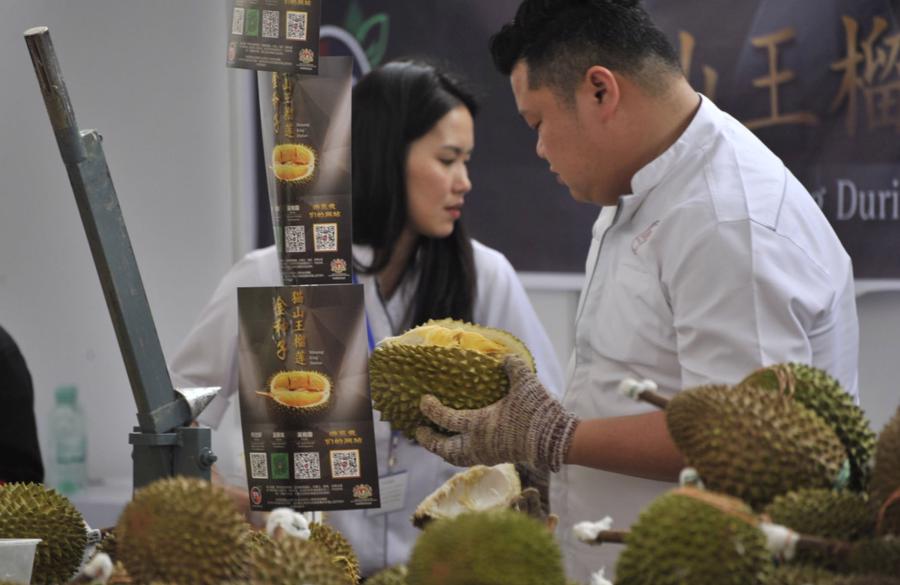
Beyond agriculture, durian biochar also shows promise as an electrode material for supercapacitors, playing a crucial role in Malaysia’s renewable energy sector. As the country strives to increase solar energy production and commits to reducing carbon emissions, supercapacitors utilizing durian biochar can offer efficient and affordable energy storage solutions.
“GREEN TREATMENT” EMPLOYING ADVANCED TECHNOLOGIES
The Fourth Industrial Revolution is transforming Malaysia’s durian industry through cutting-edge technologies.
The Internet of Things (IoT) is leveraged to assess the sustainability of durian biomass, including environmental impact evaluation using Life Cycle Assessment (LCA), economic feasibility analysis through Techno-Economic Analysis (TEA), and cost considerations via Life Cycle Cost Analysis (LCCA). These assessments optimize processes, improve profitability, and protect the environment.
IoT also plays a role in durian waste management, contributing to Malaysia’s commitment to achieving net-zero emissions by 2050. By converting durian waste into valuable products like biochar, bio-oil, and biogas, IoT helps reduce greenhouse gas emissions and landfill methane.
Using durian biomass for energy generation and soil amendment supports sustainable agricultural practices and reduces dependence on fossil fuels. This approach not only minimizes environmental impact but also creates economic opportunities, aligning with Malaysia’s goals for a more sustainable and climate-friendly future.

